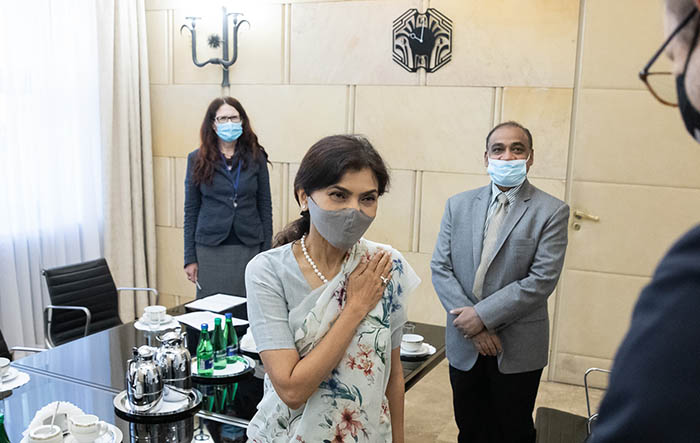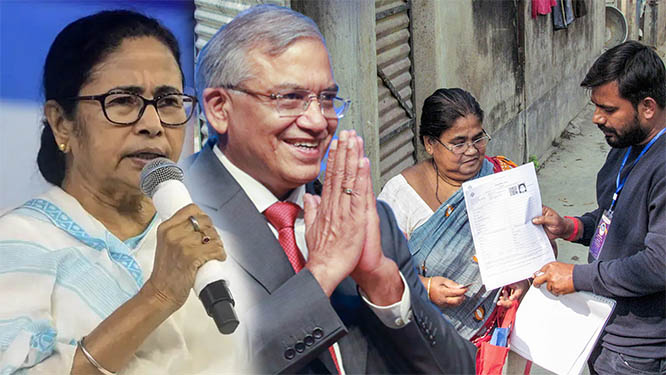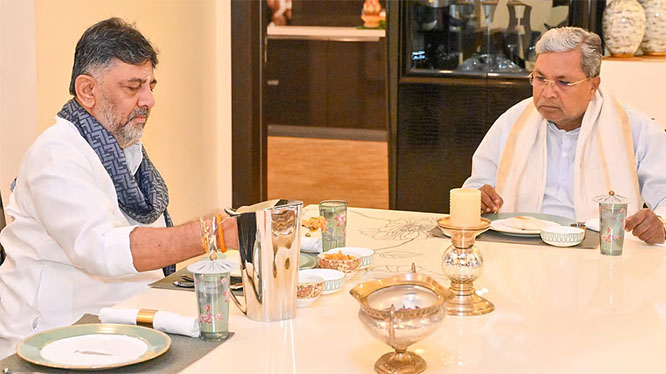
Kasaragod: Nagma Mohammed Mallick, a native of Kasaragod has been appointed as the Indian Ambassador to Poland. She took charge of the office on September 1. Nagma is the daughter of Mohammad Habibullah and Sulu Bhanu, both residents of Fort Road, Kasaragod.
Habibullah and his family shifted to Delhi from Kasaragod after getting a job in the Central Government's Overseas Communications Department. Nagma was born and raised in Delhi. She studied at St. Stephen's College and Delhi School of Economics. She holds a bachelor's degree in English literature and a master's degree in economics.
She started her career in 1991 as a career diplomat in the foreign service. Her first assignment was to the UNESCO Indian Mission in Paris. Later, she worked in various departments of the Ministry of External Affairs. She also served as staff officer to former Prime Minister IK Gujral.
Nagma was in charge of the commercial wing at the Indian Embassy in Kathmandu. She was also an ambassador to Tunisia and Brunei. Her husband is Mallick, a lawyer in Delhi.








Comments
Add new comment